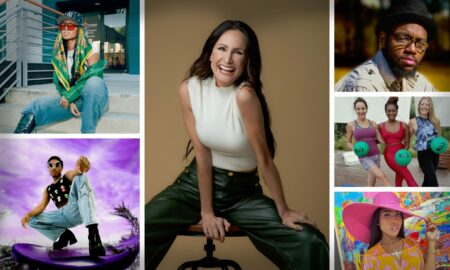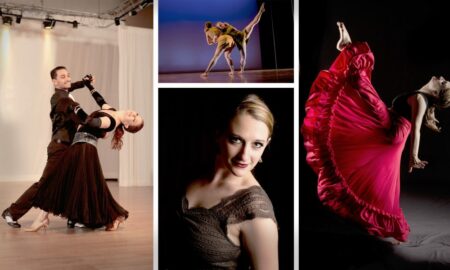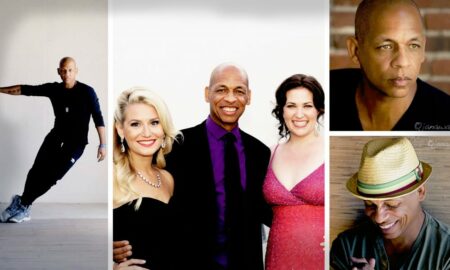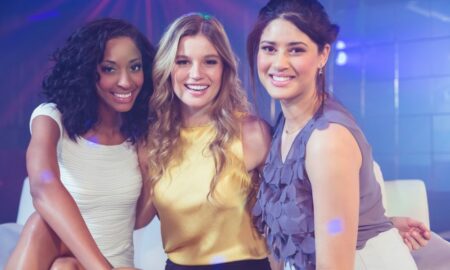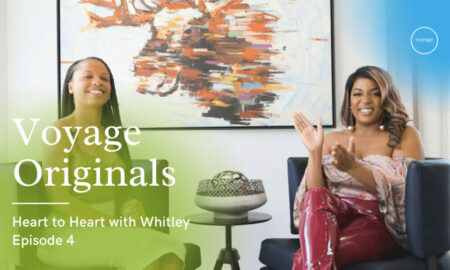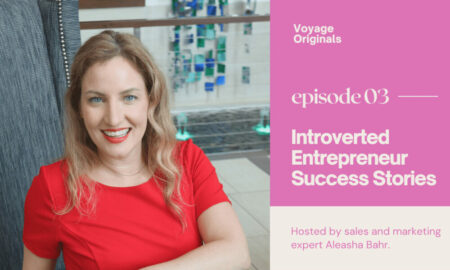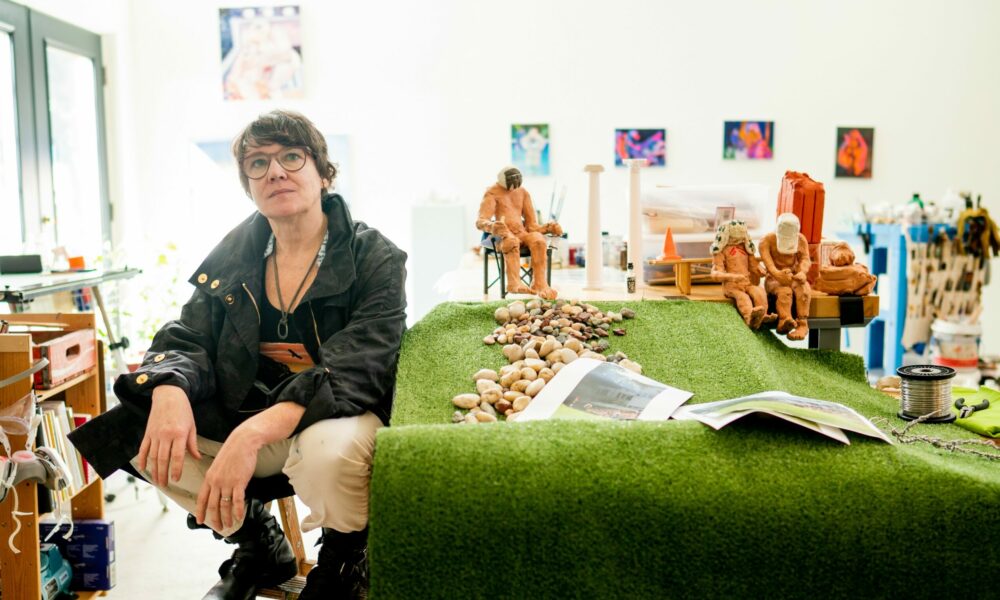

Today we’d like to introduce you to Vivian Liddell.
Hi Vivian, thanks for sharing your story with us. To start, maybe you can tell our readers some of your backstory.
When my parents moved out of their last house, I found an old worksheet in their basement that I’d filled out in the second grade. I’d listed my interests as “making art” and “playing school.” I feel pretty lucky that I’ve been able to persist into my 50s doing both.
Would you say it’s been a smooth road, and if not what are some of the biggest challenges you’ve faced along the way?
My great-grandmother was a painter and one of my earliest memories is of sitting in her dining room floor watching her paint a bowl of fruit at her kitchen table. The smell of the oil paint and the magic of her conjuring up that fruit out of nothing have stuck with me. She was a hobby painter; my mom says she painted to keep herself sane while raising four kids in Eclectic, Alabama. Even though I loved painting from that point on, the idea that you could be an artist for a career was not something that I was familiar with. I wasn’t able to call myself an artist until after I went back to school to get my MFA in New York at the age of 30. Some of that had to do with other people telling me I wasn’t or couldn’t be an artist—I had a professor tell me that women couldn’t have kids and an art career. I was also told multiple times that I couldn’t have a career as a painter if I moved back South—all the real painters lived in NYC.
It’s easy now in the wake of the feminist progress we’ve made in the past few years to say “what a horrible professor!” but I get why she said that. In her experience it was true. And if it wasn’t true, it wouldn’t have hit me so hard. She was right. I didn’t see a diverse group of artists represented in the contemporary galleries. There wasn’t a lot on the internet when I graduated with my MFA, and if you wanted to be current with the contemporary painting scene the story was you had to be in New York, or maybe LA or Chicago. But I love to prove people wrong when they underestimate me; I moved back to the South anyway. And I have two kids. But for the first seven years of parenting, I did make pretty much zero art. I didn’t have any energy for creating on top of parenting and working my regular jobs to make money. Eventually, I clawed my way back to art because I had to for my own mental health. It was a slow and painful process and it was all about trying to figure out how to make money to live and still have time to create and parent. There were a lot of rough patches.
Alright, so let’s switch gears a bit and talk business. What should we know about your work?
I started a podcast called Peachy Keen in 2017 that coincided with the #MeToo movement; the podcast wasn’t about abuse per se but it was about power and gender. I was inspired by the bravery of so many women starting to speak up and was also very motivated by politics. For each episode, I interviewed one or more women about art and life in the South in their studios and workplaces. I gained confidence and started to feel less alone through those conversations. I loved diving deep into artists’ practices and developing camaraderie. Around the same time I started the podcast, I also took a leap in my work and began painting abstract male nudes. The first one was an explicit reference to Roy Moore—he was an Alabama Republican candidate for special election to the US senate that had been accused of sexually molesting a 14-year-old girl.
Over time, the figures I was painting became more generalized and I started to develop a roster of characters that grew through my paintings. I’d worked with female figures for most of my career up until that point, and it took a lot of courage for me to make that shift. I don’t feel comfortable painting female nudes now because no matter what my intentions are, I’m still putting the bodies of women out there to be possibly ogled. I want to offset the centuries-old power dynamic of men painting nude women, and I also want for people to get used to the sight of the male body in art—the way that we’re used to not blinking an eye at a painting of a female nude.
I work in a lot of different mediums—animation, sound, sculpture and installation—but I specialize in painting. I’m a real geek about painting processes. I love making my own paint and teaching my students how to make encaustic, watercolor, oil and egg tempera paints. My family got backyard chickens during the pandemic and I started getting more into egg tempera—making paint from our chickens’ eggs. Egg tempera is not a very popular process and was pretty much replaced by oil painting in the Renaissance. It’s temperamental in terms of storage and hard to get set up because it requires a very specific type of gessoed board to get started, but I’ve fallen in love with the depth of color that you get from building up a lot of layers of transparent paint. Most of my current paintings are in egg tempera, mixed media or oil and are still about power and gender. I make claymation videos that tell little stories, and then my paintings and sculptures spin out from there.
Before we go, is there anything else you can share with us?
I stopped doing the podcast on a regular basis during the pandemic and transitioned into running an alternative exhibition space called “Arts + Athletics” in Athens, showing and curating other artists’ work. Curating at the gallery allows me to continue building a community, picking up where I left off with the podcast.
Contact Info:
- Website: www.vivianliddell.com
- Instagram: @vivianliddell
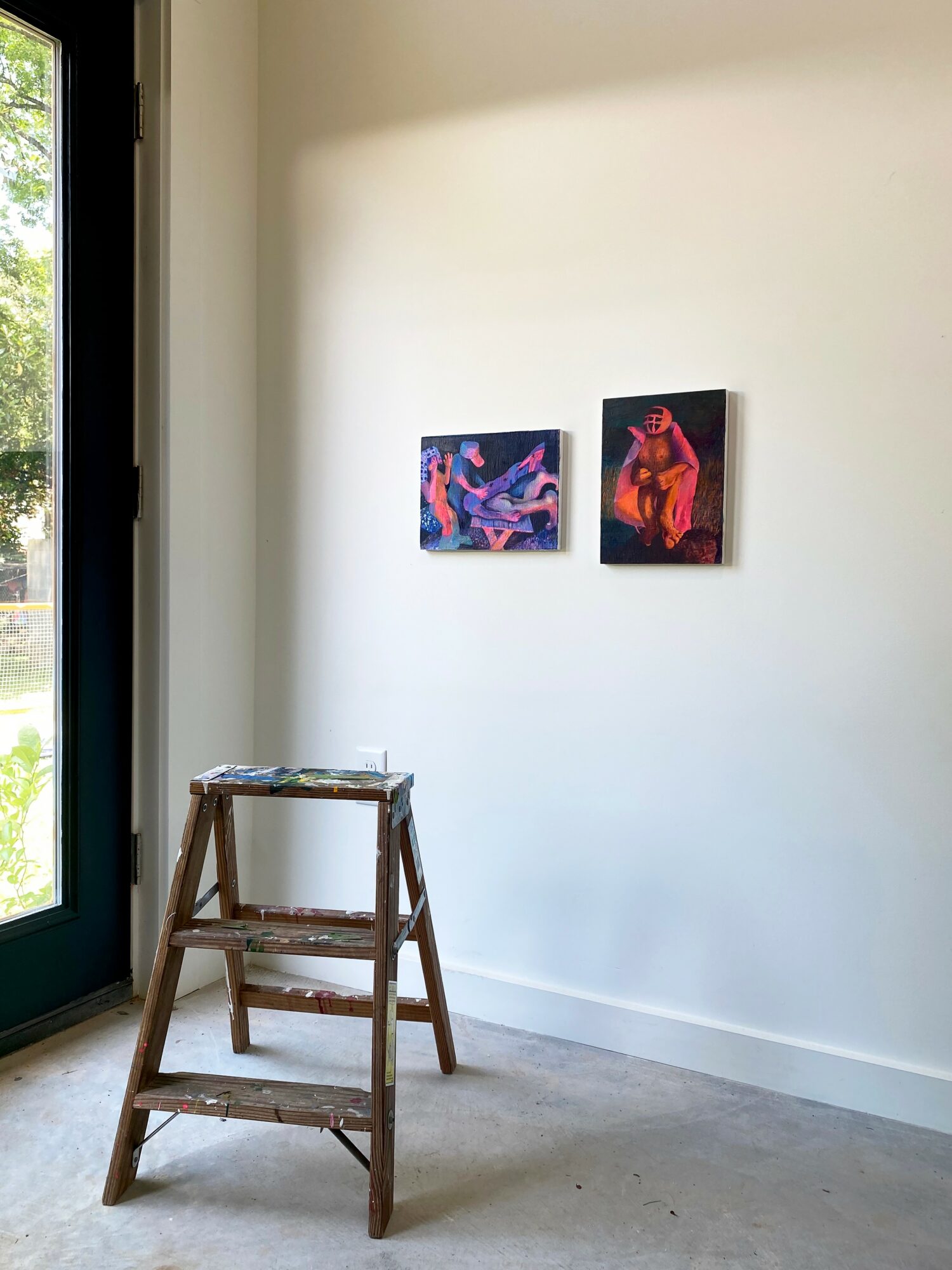
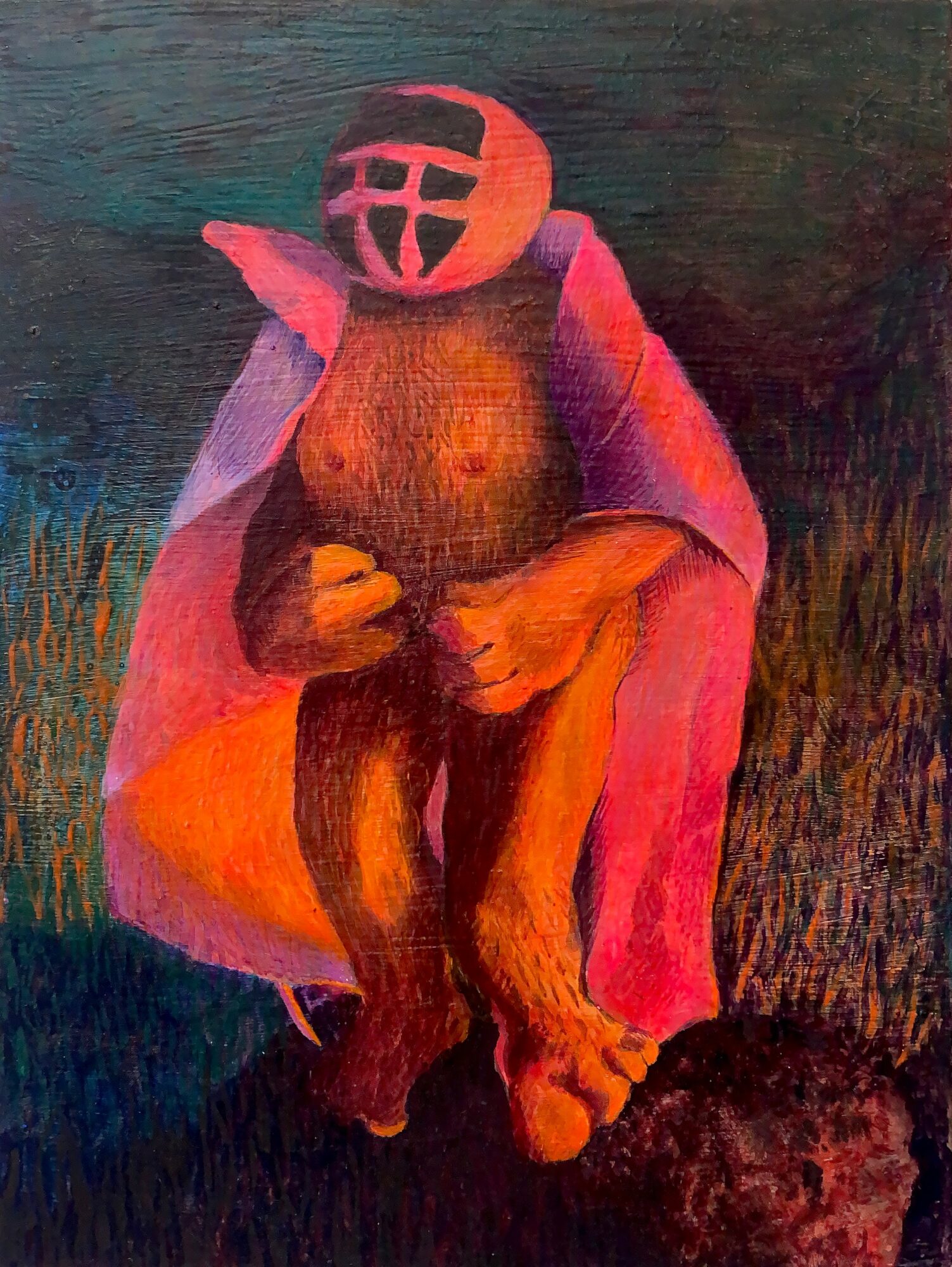
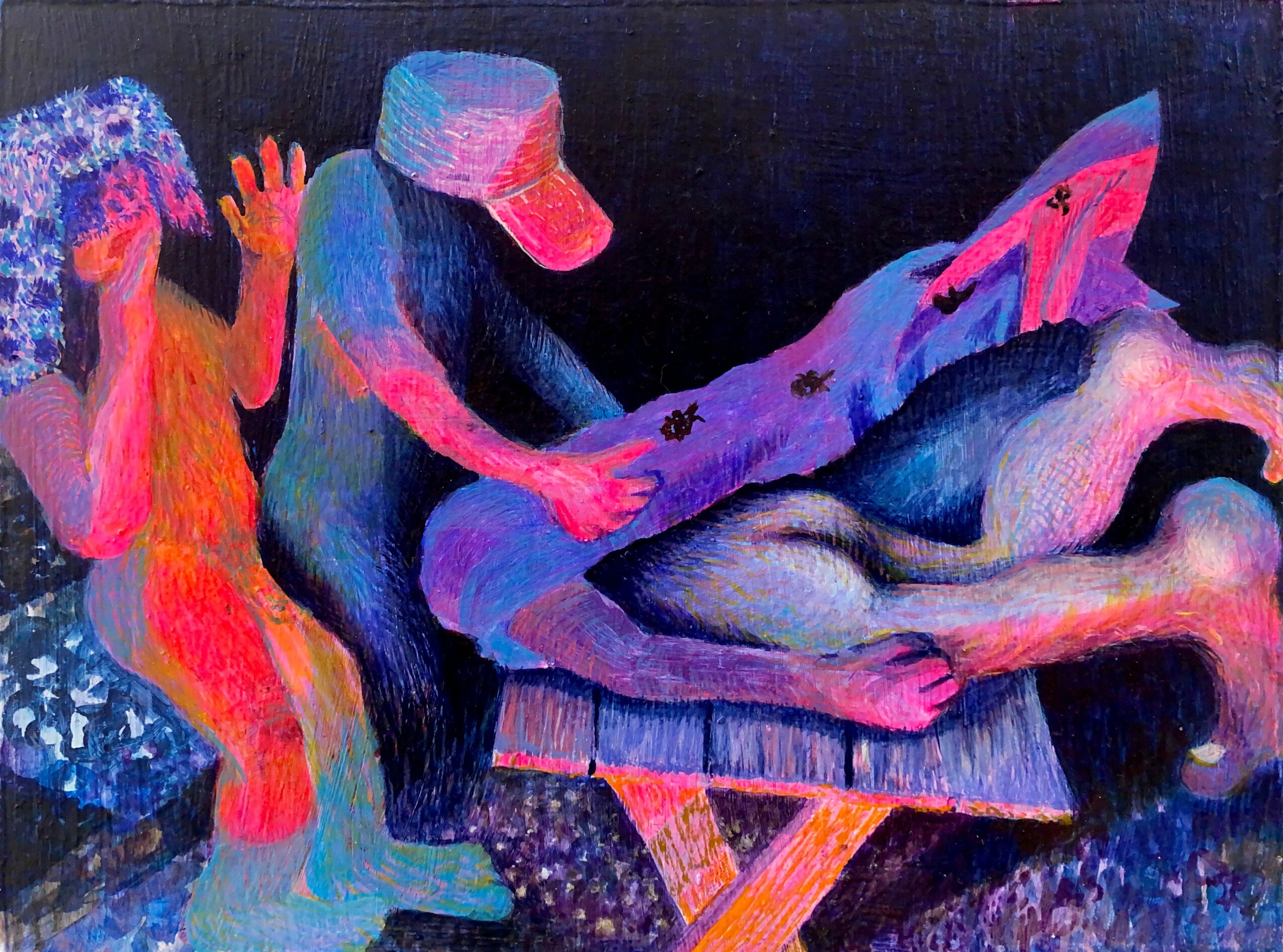
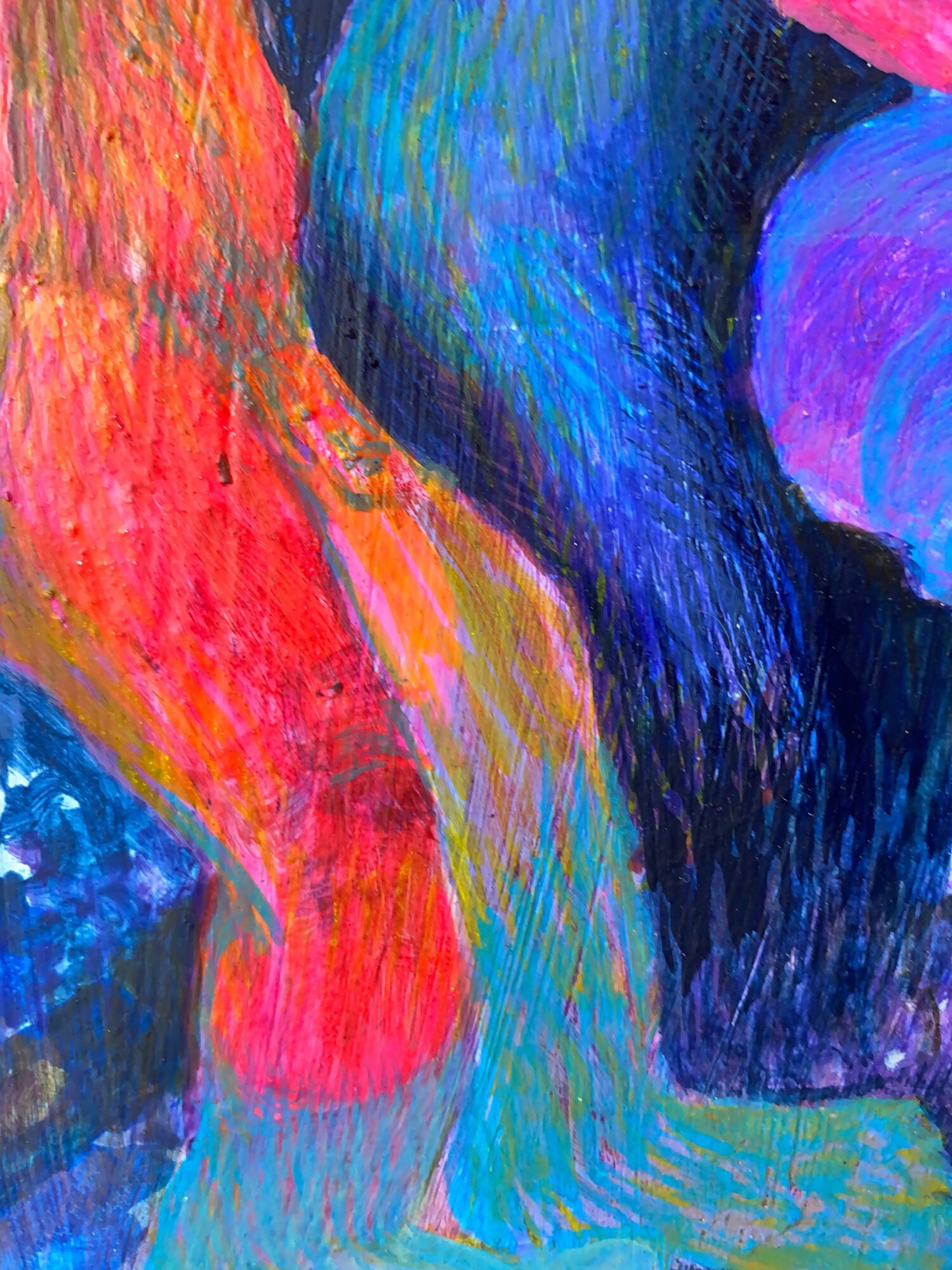
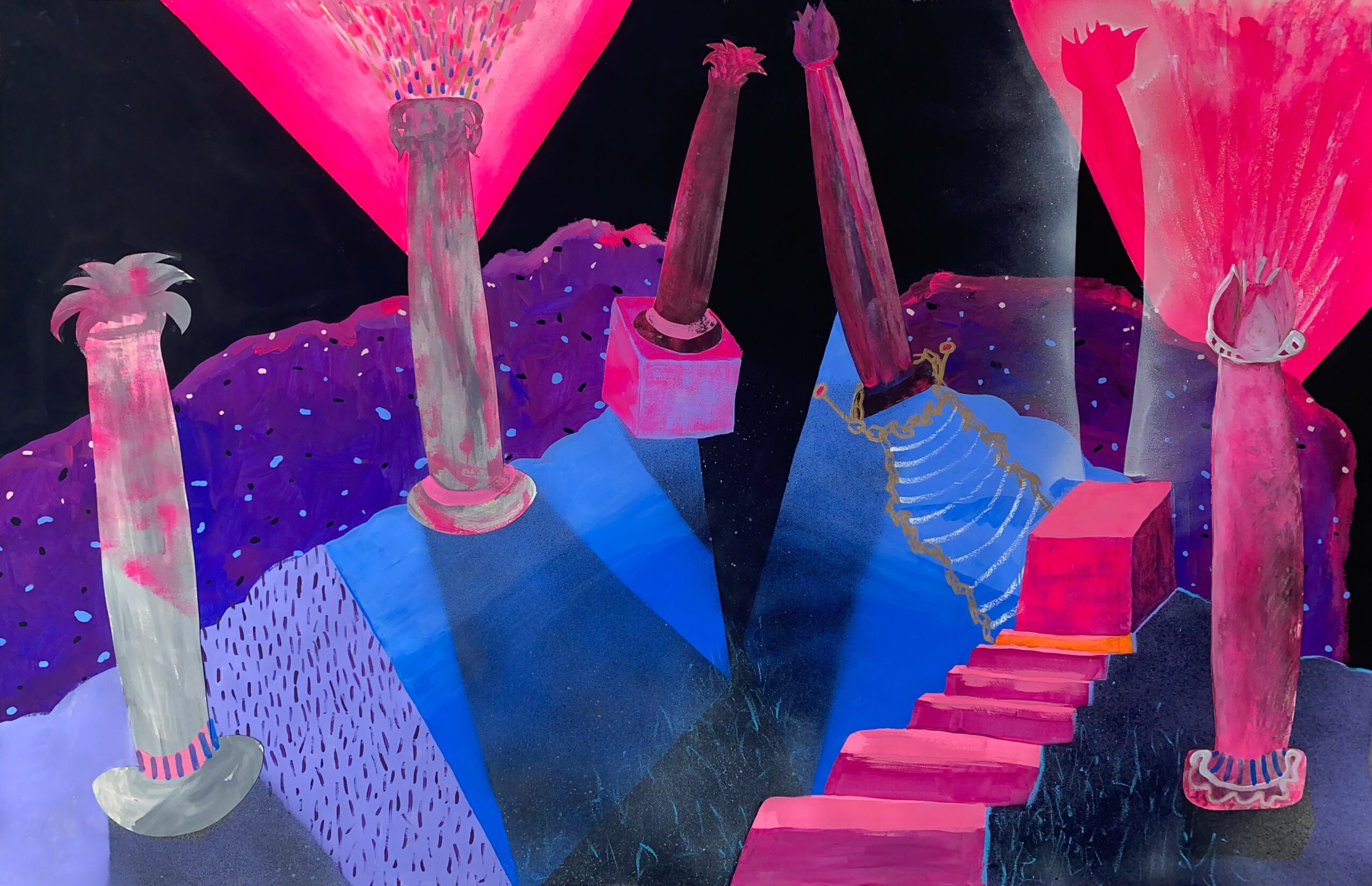
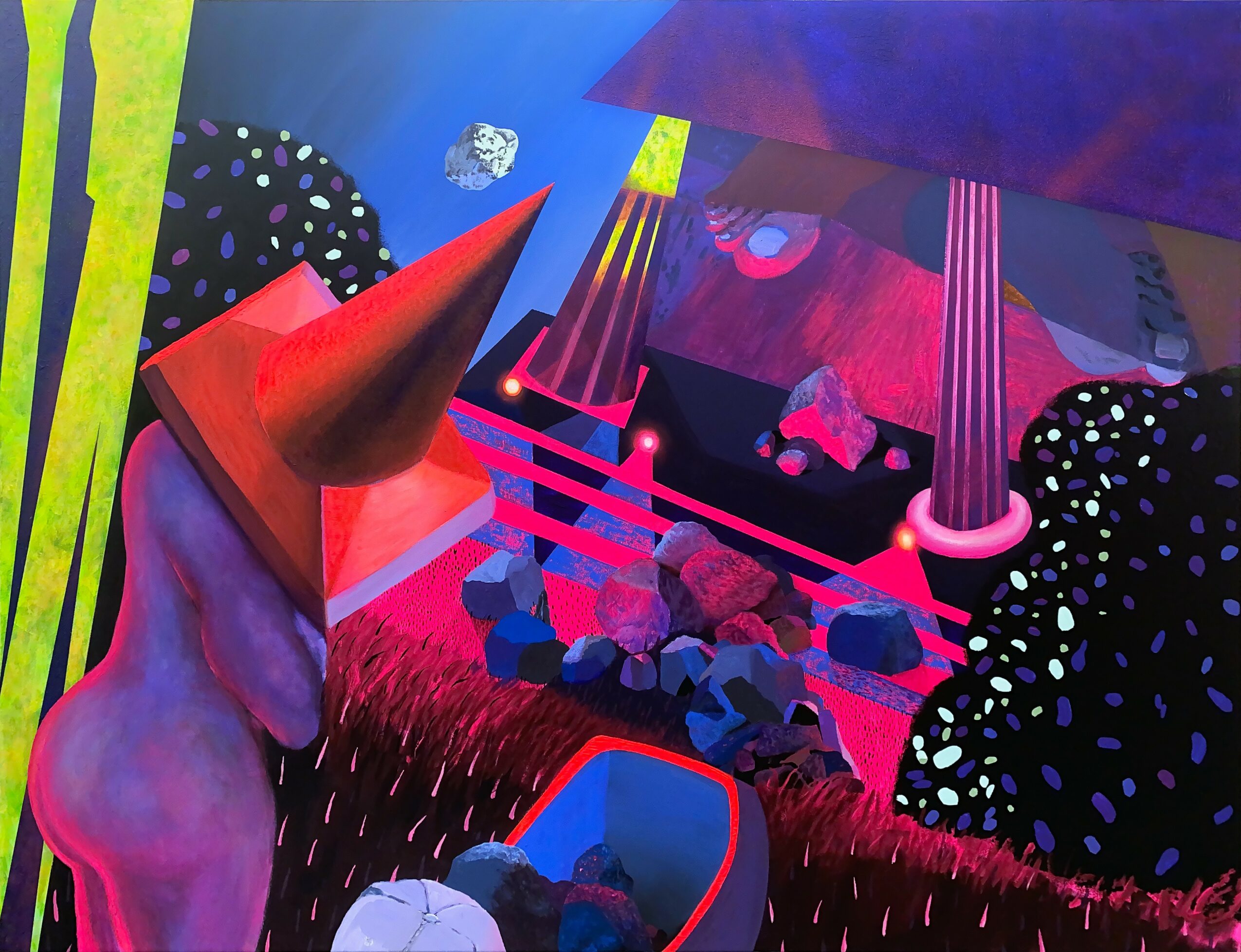
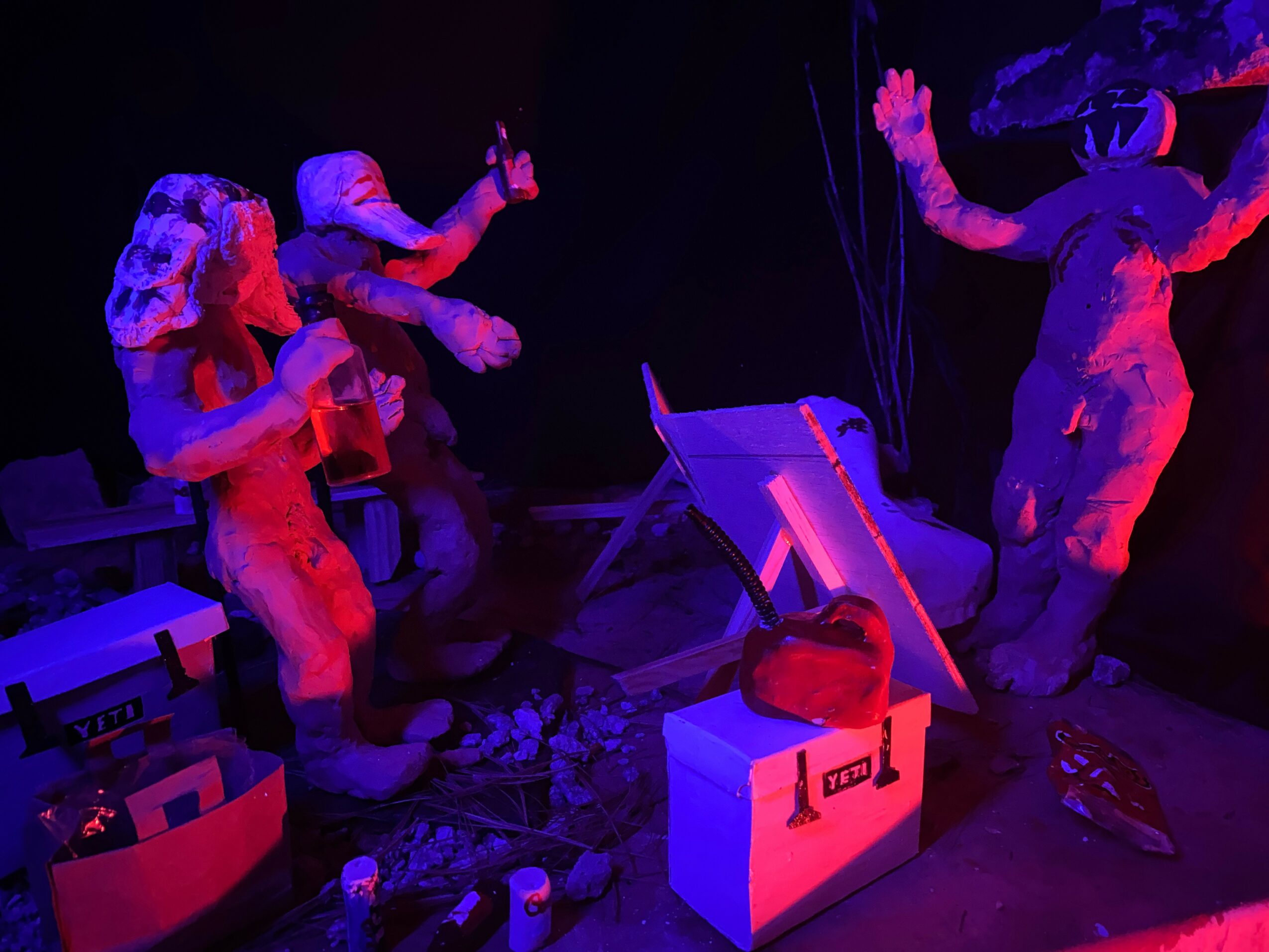 Image Credits
Image Credits
Photo of Vivian Liddell in her Studio is by Jason Thrasher. All other photographs by Vivian Liddell.

